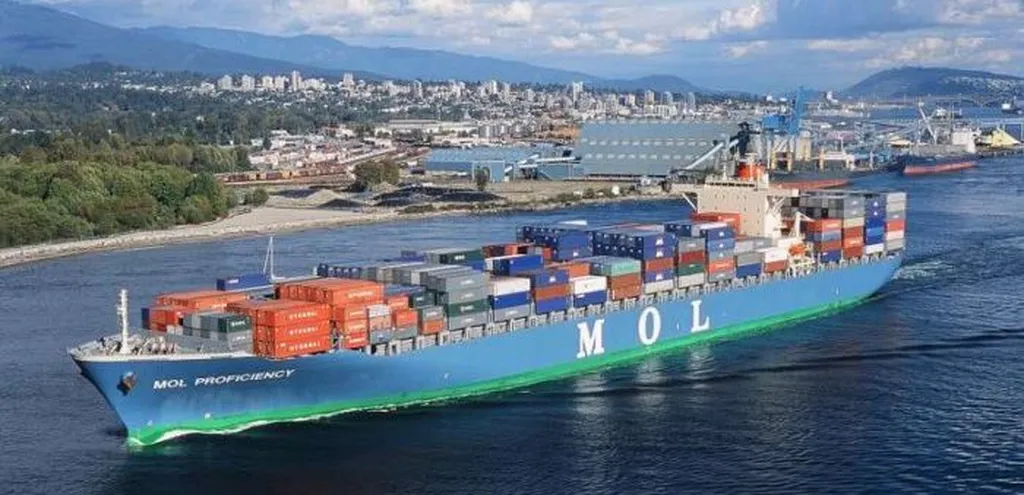Researchers from the Tokyo University of Marine Science and Technology have developed a practical, real-time trajectory planner for autonomous ships, specifically targeting the critical phase of berthing. This innovation addresses a key challenge in maritime autonomy: safely navigating vessels into port without human intervention.
The team, led by Agnes Ngina Mwange, Dimas Maulana Rachman, Rin Suyama, and Atsuo Maki, modeled the berthing process as an optimal control problem, incorporating real-world constraints like wind disturbances, speed control, and collision avoidance. They used the low-speed Manœuvring Motion Model (MMG) to accurately represent ship dynamics at reduced speeds, a crucial factor for safe berthing.
To solve this complex problem, the researchers employed the direct multiple shooting technique, transcribing the optimal control problem into a nonlinear programming problem. They then used the Sequential Quadratic Programming (SQP) algorithm in MATLAB to find solutions. This approach ensures computational feasibility, making it suitable for real-time applications—a critical requirement for autonomous systems.
The researchers tested their planner through various scenarios, including different harbor entry and berth approach situations. They also conducted a feasibility study using stochastically generated initial conditions and positions within port boundaries. The results demonstrated enhanced berthing safety and practicality, with the planner outperforming solutions obtained using the Covariance Matrix Adaptation Evolution Strategy (CMA-ES) for two different model ships.
This research marks a significant step forward in autonomous shipping technology. The proposed trajectory planner could revolutionize port operations, reducing the risk of accidents and improving efficiency. As the maritime industry moves towards greater autonomy, such innovations will be crucial in ensuring safe and reliable operations. The practical and computational feasibility of this planner makes it a promising candidate for real-world implementation, potentially accelerating the adoption of autonomous ships in commercial and port operations. Read the original research paper here.

